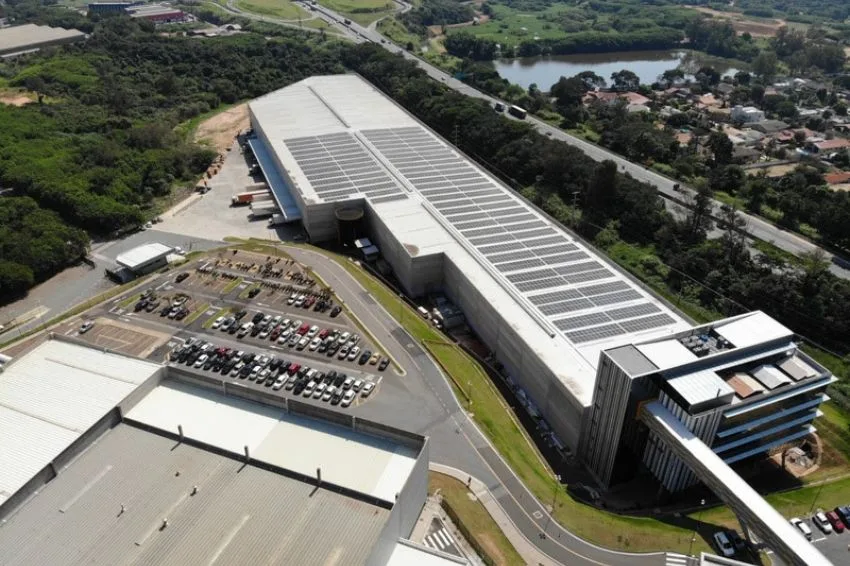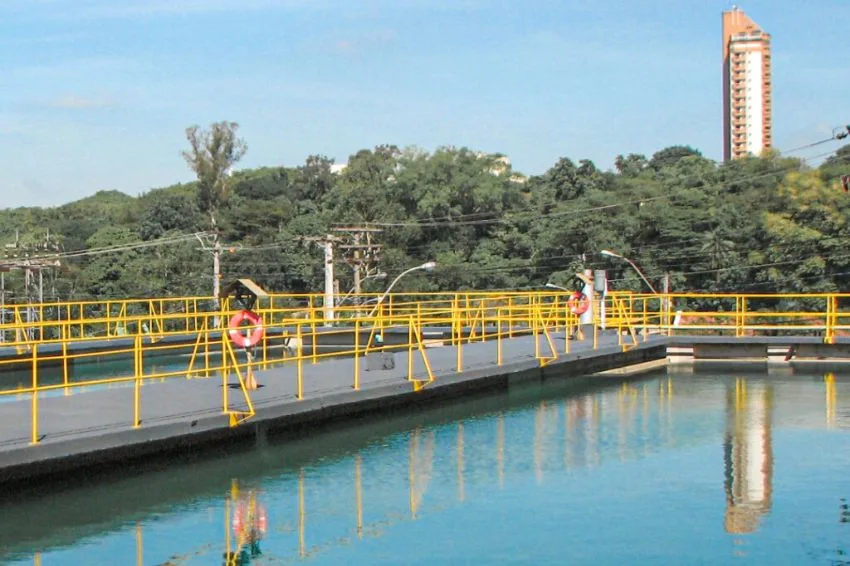O Federal government, through Codevasf (Companhia de Desenvolvimento dos Vales do São Francisco and Parnaíba), installed 51 solar-powered tube wells at the hinterland of Pernambuco.
The installations were carried out in the first quarter of this year with the objective of ensuring farmers’ access to water Of Quality in periods of greater drought.
According to the regional superintendent of Codevasf in Pernambuco, Aurivalter Cordeiro, more than R$ 1.5 million were invested in drilling and installing wells. In all, 600 thousand people in 33 municipalities in Pernambuco benefited with the initiative.
They are: Água Preta, Arcoverde, Betânia, Bonito, Brejo de Madre de Deus, Buíque, Cabrobó, Carnaubeira da Penha, Catende, Cedro, Chã de Alegria, Ibimirim, Lagoa do Itaenga, Machados, Orocó and Palmares.
In addition to: Palmeirina, Panelas, Parnamirim, Pedra, Pesqueira, Santa Cruz do Capibaribe, Santa Maria da Boa Vista, Santa Terezinha, São Bento do Una, São Lourenço da Mata, Serrita, Sertânia, Solitude, Triunfo, Tupanatinga, Verdejante and Vitória of Santo Antão.
Created in 2019, the Federal Government's initiative to bring water to the most underserved regions of the country has already helped almost 1 million Brazilians, with 47 thousand new systems installed throughout the Northeast region and part of Minas Gerais.
Solar-powered wells
Solar-powered wells basically consist of a set of photovoltaic panels and a pumping kit. This kit is powered directly by solar panels, which makes it possible to use it in difficult-to-access areas, without the need for a cable to power the system.
In agriculture, it is common to need to take water for irrigation or drinking fountains long distances from the well. In these cases, pumps powered by electricity can generate a very high cost. Solar energy was an alternative found to allow the consumption of more water more efficiently at a lower cost.

















